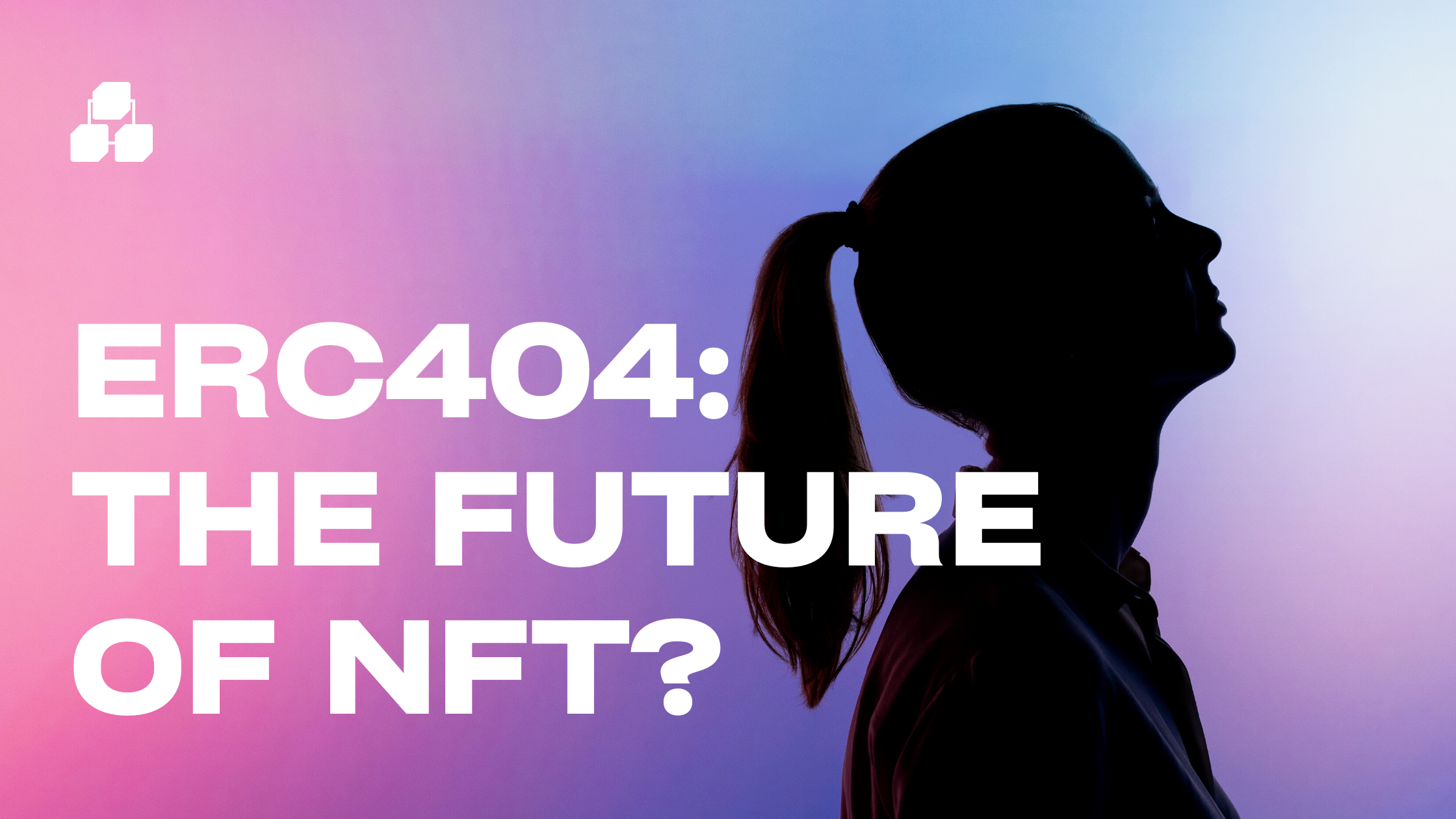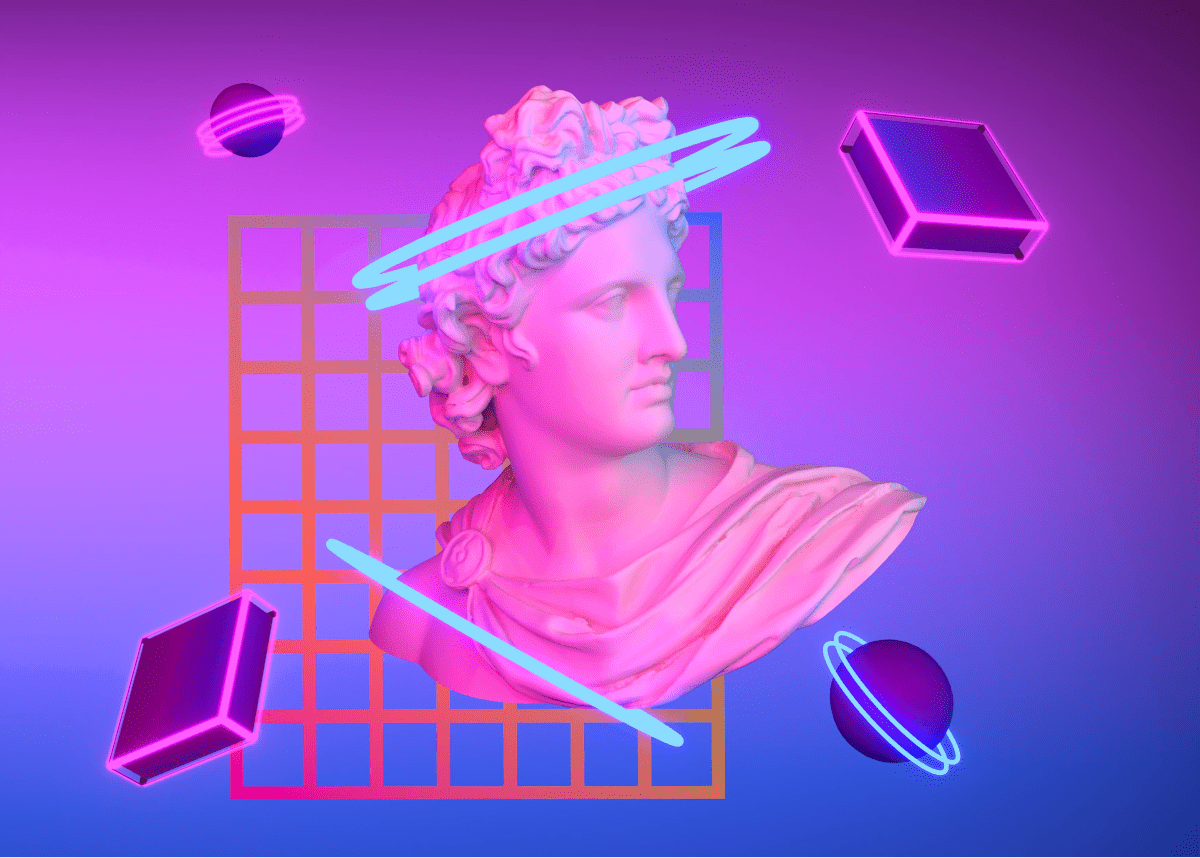The Ethereum blockchain continues to be a powerhouse of innovation, constantly redefining the possibilities within decentralized finance and digital asset ownership. At the heart of this evolution are token standards like ERC20 and ERC721, which have set the stage for representing fungible and non-fungible tokens (NFTs) respectively. Yet, as the digital landscape grows, so does the need for more advanced frameworks. This is where ERC404 makes its entrance, promising to revolutionize how we interact with NFTs.
The Journey from ERC303 to ERC404:
Before we delve into the intricacies of ERC404, let’s take a moment to appreciate the groundwork laid by ERC303. This standard was a bold attempt to blend the best of both worlds: the universality of ERC20 tokens with the distinctiveness of ERC721 NFTs. It sparked a vital conversation about merging fungible and non-fungible assets more seamlessly, setting the stage for what was to come.
Unveiling ERC404:
ERC404 emerges as a visionary standard, taking the initial ideas of ERC303 and pushing them further. It’s designed to act as a bridge between ERC20 and ERC721 tokens, creating a hybrid that leverages the strengths of both. The essence of ERC404 lies in its innovative mechanism, allowing ERC20 token transactions to influence associated ERC721 NFTs. This interplay introduces a dynamic and multifaceted relationship between the two asset types, opening up new avenues for digital asset management and interaction.
Overcoming Obstacles with ERC404A:
However, innovation often comes with its challenges. ERC404’s Last-In-First-Out (LIFO) mechanism, while ingenious, posed the risk of unintentionally burning precious NFTs during transactions. Enter ERC404A: a thoughtful enhancement that introduces the swapPosition function. This feature gives NFT owners the power to rearrange two NFTs within their collection, offering a safeguard against the inadvertent loss of value and providing a more user-centric approach to asset management.
The Future with ERC404:
ERC404 isn’t just a technical achievement; it’s a leap forward in how we conceive of and interact with NFTs. With the addition of ERC404A, the standard becomes even more robust and adaptable, ensuring users have greater control over their digital treasures. As we continue to explore the boundless potential of blockchain technology, ERC404 stands out as a beacon of innovation, guiding the way toward a more integrated and versatile digital asset ecosystem.
Empowering Innovation with ERC404:
Imagine a marketplace like Hedge3, enhanced by ERC404’s capabilities. This standard could transform asset trading, enabling a fluid exchange between fungible tokens and unique NFTs. Hedge3, with its vision of a comprehensive investment platform, could leverage ERC404 to offer a novel class of liquid NFTs. These assets, ranging from digital art to virtual real estate, would not only be collectibles but also yield-generating investments.
ERC404’s flexibility also opens up fractional ownership of high-value NFTs, making premium digital assets more accessible to a broader audience. This approach democratizes investment opportunities, inviting more participants into the burgeoning digital economy.
Conclusion:
As the digital asset landscape evolves, ERC404 stands at the forefront, heralding a new era of decentralized finance and digital ownership. Its integration into platforms like Hedge3 Marketplace exemplifies how blockchain innovation can democratize access to investment opportunities, blending the liquidity of fungible tokens with the uniqueness of NFTs to forge a path toward a more inclusive and dynamic digital future.


